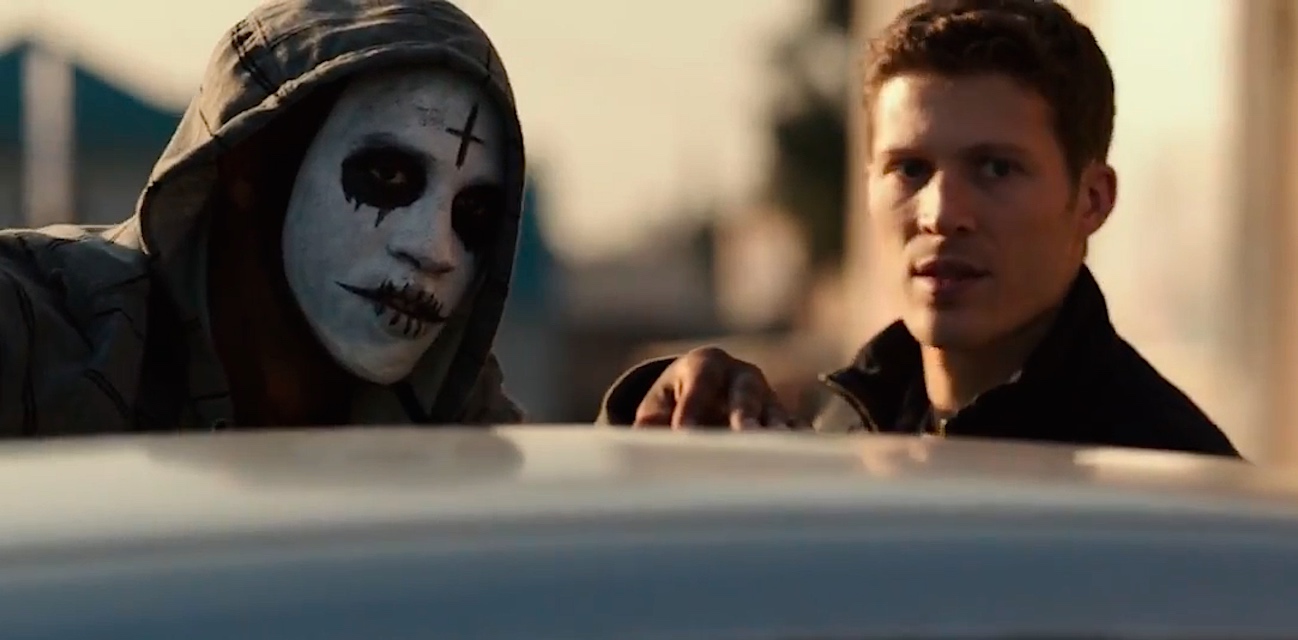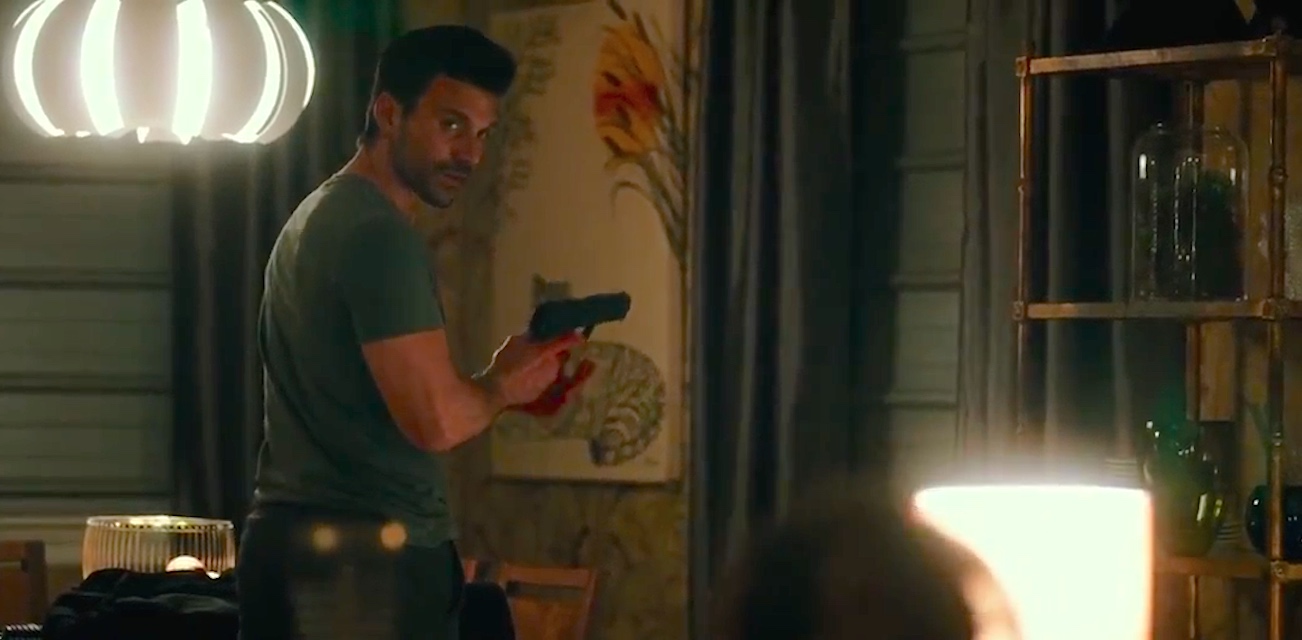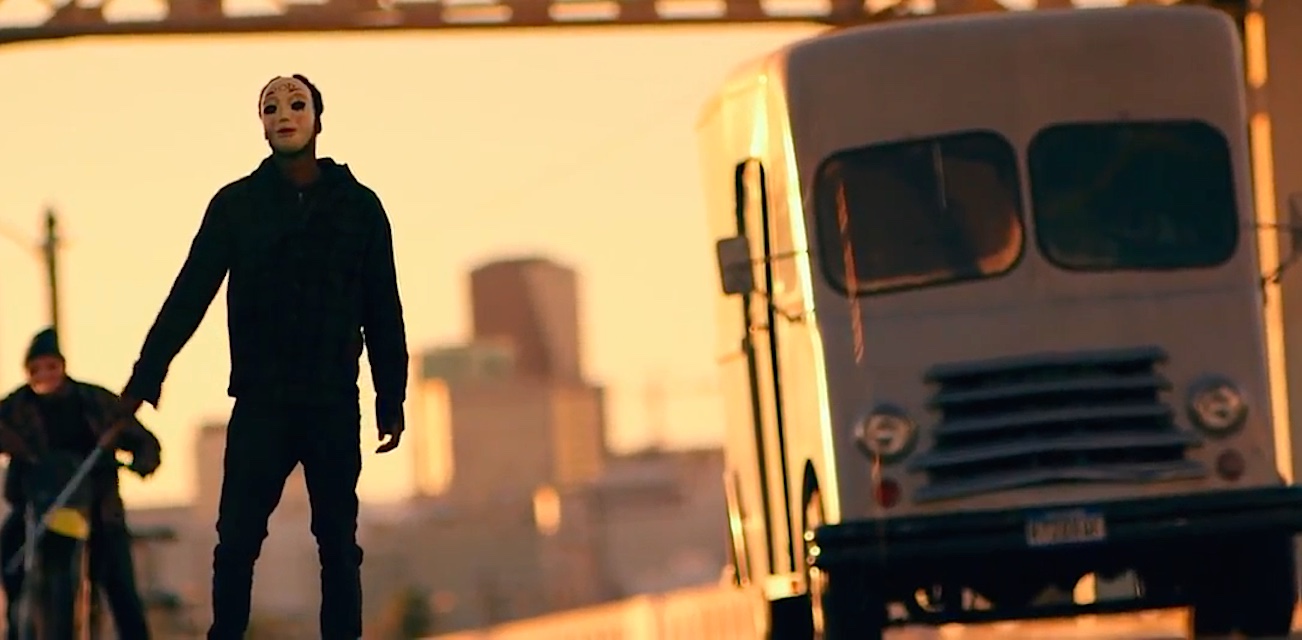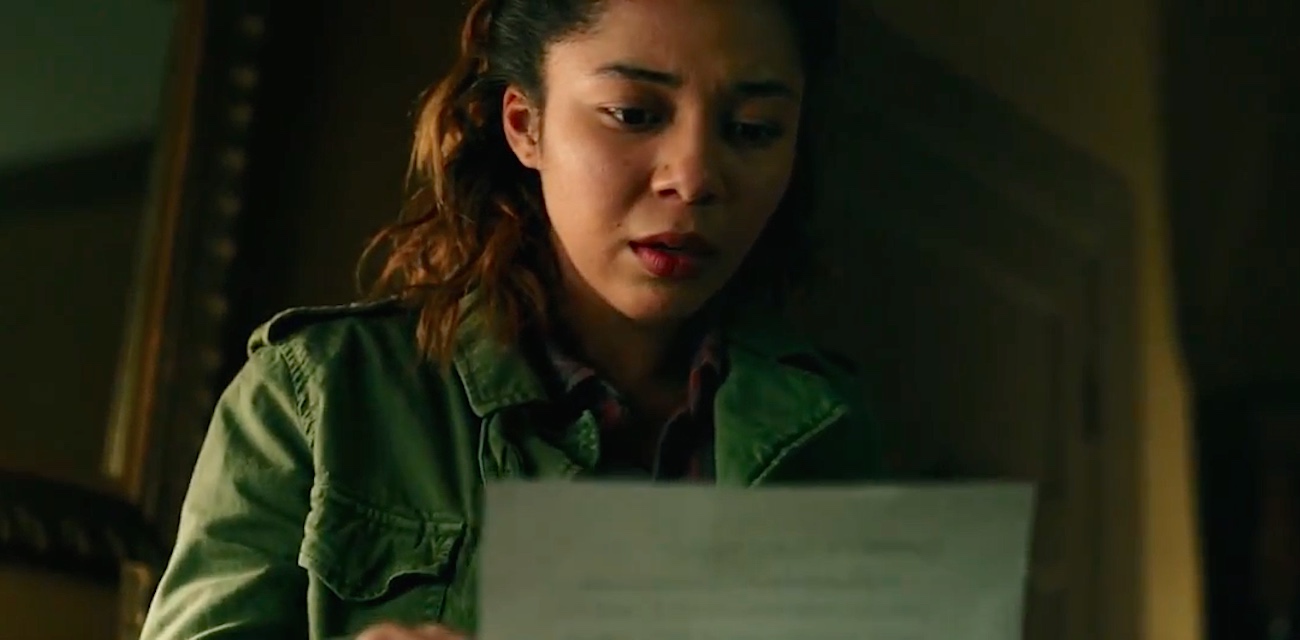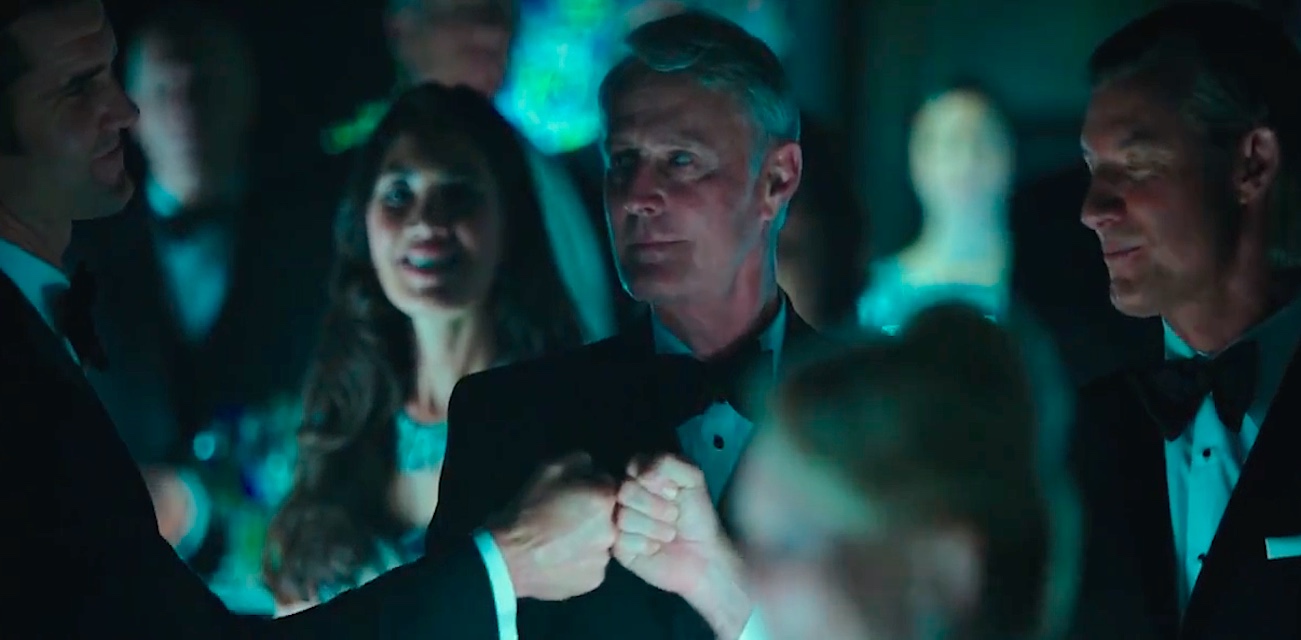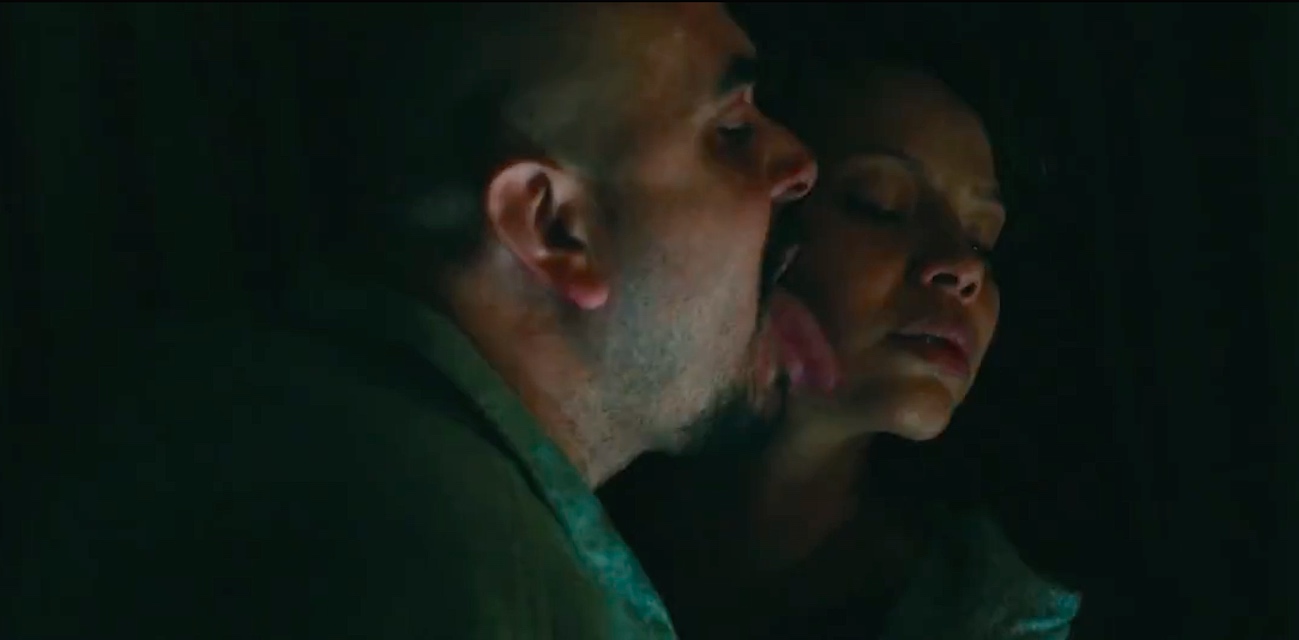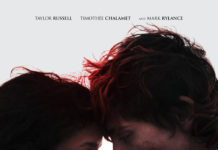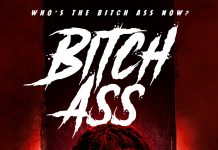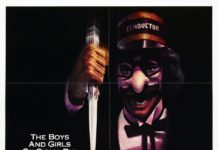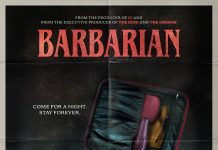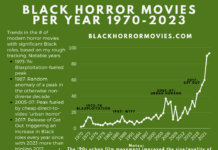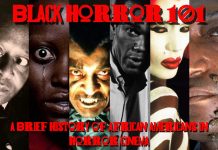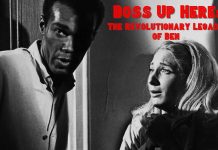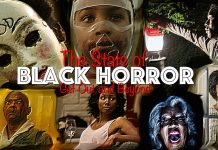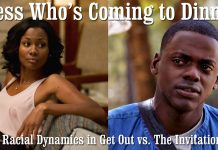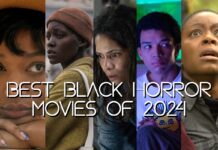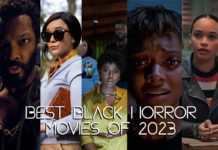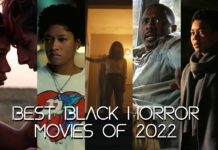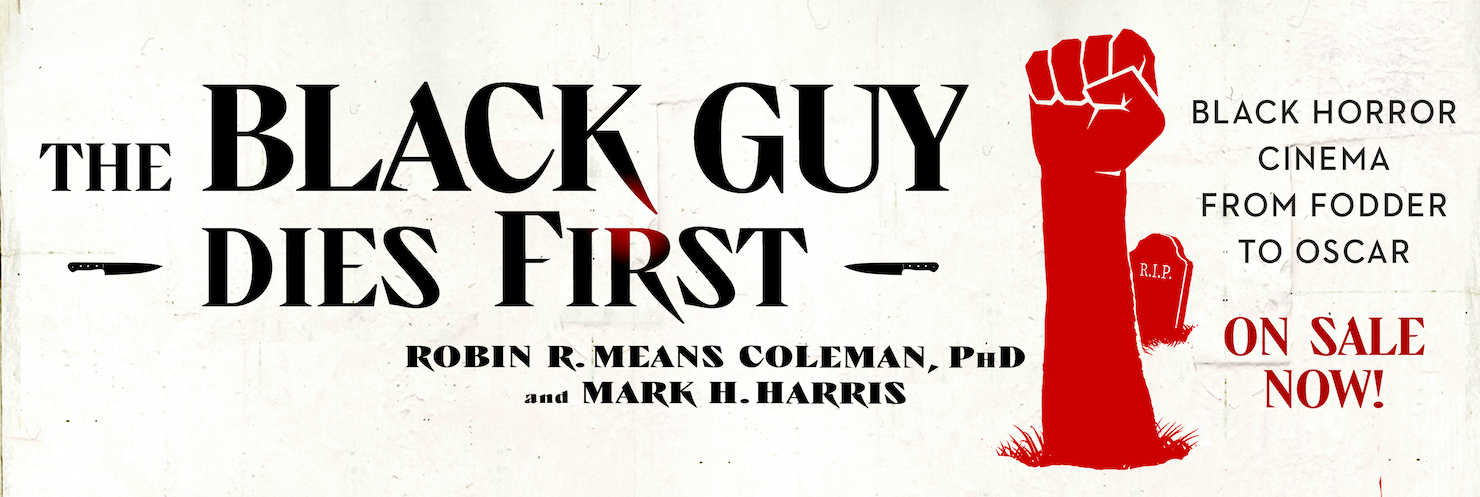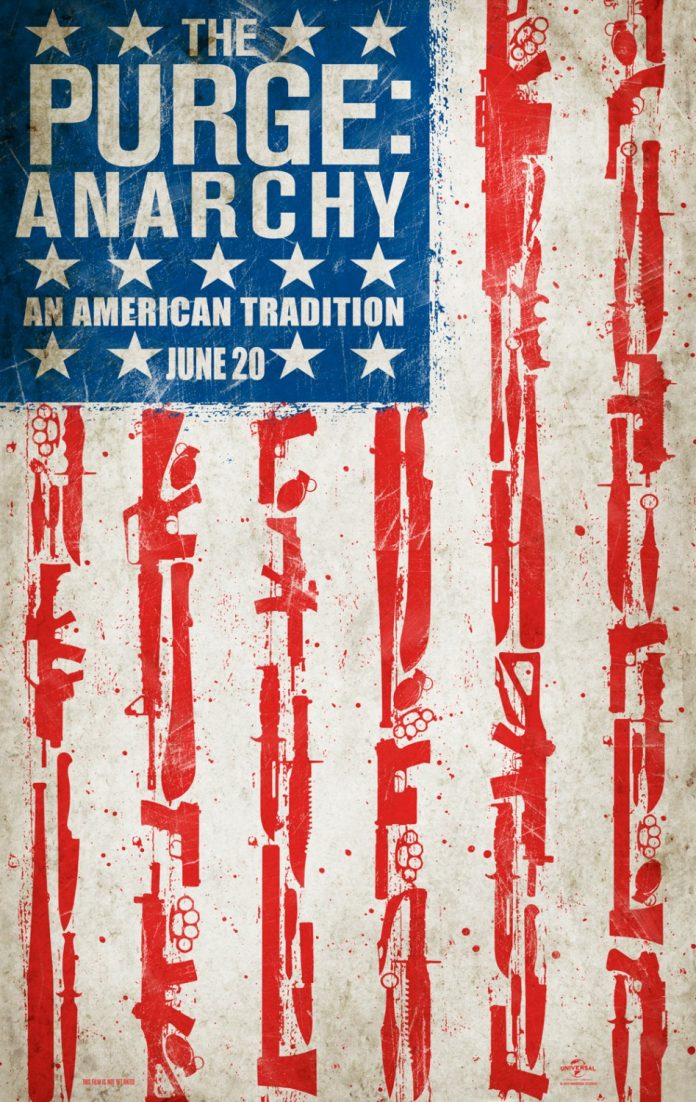A year after the events of The Purge, The Purge: Anarchy focuses on a group of disparate individuals in downtown Los Angeles on the night of the Purge of 2023. Shane (Zach Gilford) and Liz (Kiele Sanchez) are a couple on the verge of separating who are heading to his sister’s house to ride out the chaos when their car breaks down just as the Purge is about to start. Waitress Eva (Carmen Ejogo) lives downtown and ends up on the street unexpectedly with her teenage daughter Cali (Zoë Soul) when a home invasion forces her from her home and into the wilds of the Purge. Leo Barnes (Frank Grillo), looking for revenge against the man who killed his son on the one night when murder is legal, is forced by a detour to drive through the city.
When Leo comes across Eva and Cali being kidnapped in the street, his conscience gets the better of him, and he intervenes, rescuing the pair. Meanwhile, Shane and Liz jump into his car to evade capture by another roving band of Purgers. Against his better judgment, Leo puts his vengeance on pause to play Moses, escorting the defenseless foursome to safety. But in doing so, he incurs the wrath of multiple sets of marauders, and when his car dies, all five of them find themselves stuck in the middle of a war zone.
Just as The Purge: Anarchy expands the scope of the first film (with a more adventurous, Escape from New York-like mold — or rather, what Escape from L.A. should’ve been), so does it expand its social commentary. While The Purge flirted with the socioeconomic ramifications of what is essentially working-class genocide, Anarchy dives headlong into the social implications, featuring an online, Black Panther-styled militant (Michael K. Williams) who rails against the Purge’s targeting of poor citizens and introducing the concept of the wealthy, too elite to venture into the fray, participating in the Purge by having victims brought to them, Most Dangerous Game-style (using paid-off black youths as wranglers — including one played by Lakeith Stanfield — reminiscent of Africans who sold other Africans into the slave trade back in the day).
As with the first movie, race is not explicitly mentioned, but it’s no coincidence that not only are the militants mostly black, but of the main five protagonists, the only two who live in the inner city war zone are black. The three white characters who join them are downtown only through circumstances. Eva and Cali, on the other hand, get dragged into the fray from the comfort of their living room — reinforcing the fact that the less privileged citizens who are most at risk are primarily people of color.
As outrageous as the concept initially seems, Anarchy holds a mirror up to American society with a bite that is rare in horror cinema nowadays. The type of commentary that won George Romero so many accolades over the years is apparent here in subject matter — class warfare, distribution of wealth, gun culture, government bureaucracy, racism — that is as relevant today as ever. It’s bold and although it has its bleak moments, it’s surprisingly emotionally resonant and ultimately optimistic and redemptive — another uncommon trait for a horror movie.
